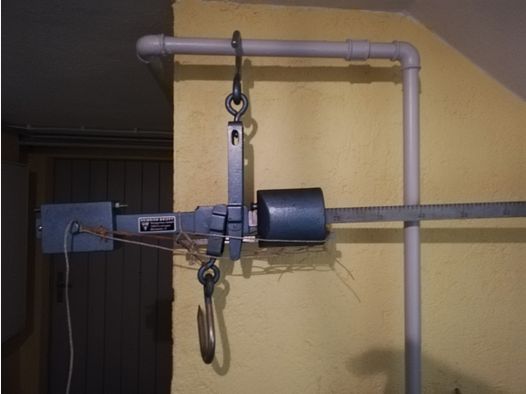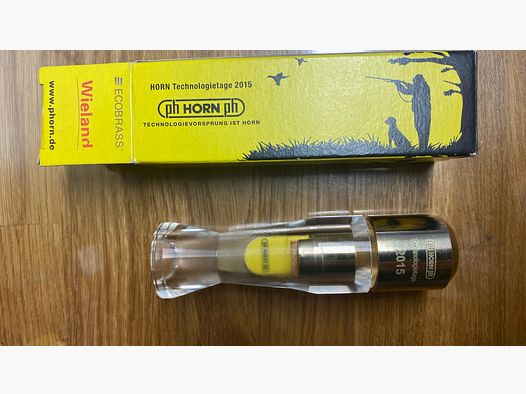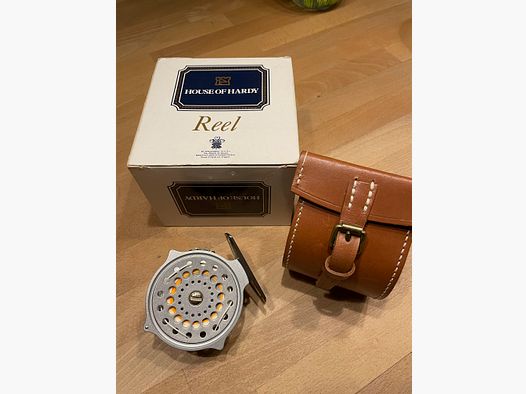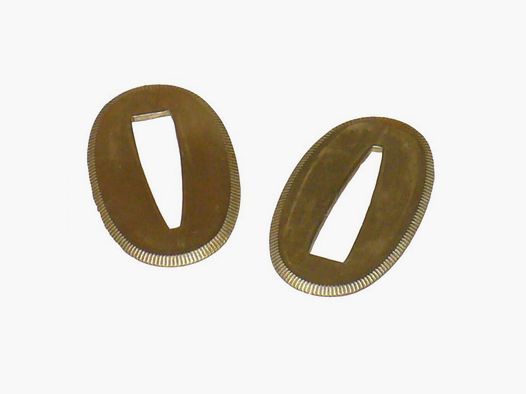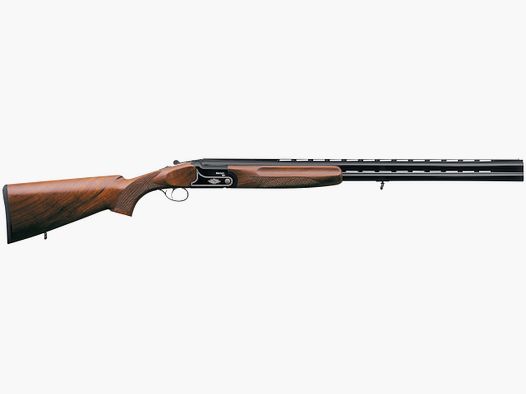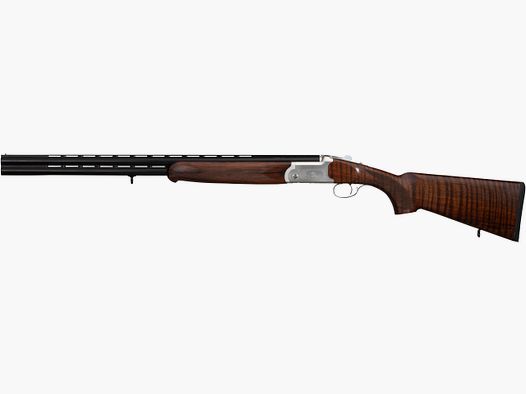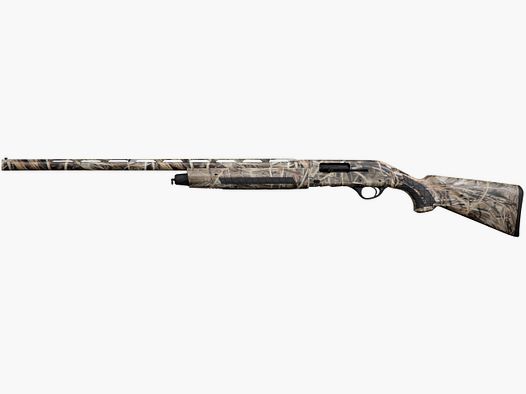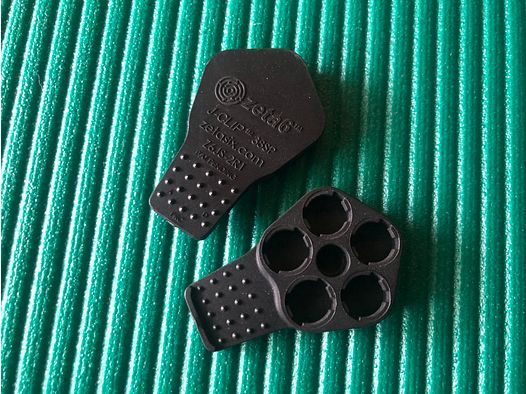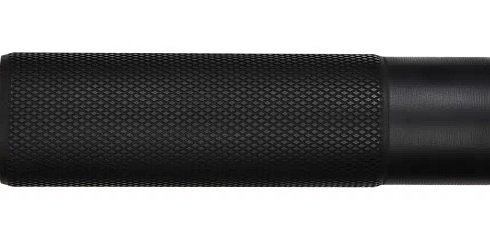An essential tool for passionate anglers that is often overlooked is the gaff. Although it may not receive as much attention as fishing rods, reels, or bait, the gaff plays a crucial role in successfully landing large fish. In this article, we will explore the significance of the gaff in fishing, its various types, and how to use it correctly.
What is a Gaff?
A gaff is a hook specifically designed for landing fish. Unlike a regular fishing hook, a gaff is much larger and stronger. It consists of a long handle, often made of aluminum or stainless steel, and a sharp hook at one end. The hook can be straight or curved, depending on the type of fishing and the angler's preferences.
The Importance of the Gaff in Fishing
The main goal of a gaff is to safely and efficiently bring large fish out of the water without the angler risking injury to the animal or losing the fish. This is especially important in deep-sea fishing, where the caught fish are often large and powerful, making the gaff a crucial tool. It allows the angler to quickly control the fish to avoid injuries and successfully bring the catch on board.
Different Types of Gaffs
There are various types of gaffs that differ in size, shape, and material. The choice of the right gaff depends on the type of fishing and the size of the expected catch.
Straight Gaff: This is the simplest form of a gaff, where the hook is attached directly at the end of the handle. Straight gaffs are well-suited for smaller fish, easy to handle, and particularly popular in coastal or boat fishing.
Curved Gaff: A curved gaff has a slightly curved hook, making it ideal for larger fish. The curve facilitates inserting the hook into the fish without the risk of losing the catch.
Telescope Gaff: This type of gaff features a retractable handle, making it particularly practical for anglers who need to save space. Telescope gaffs are often made from lightweight materials like aluminum.
Stainless Steel Gaff: For saltwater fishing, a gaff made of stainless steel is a good choice as it is corrosion-resistant and withstands the rigors of the marine environment.
Proper Use of the Gaff
Correct use of the gaff requires skill and precision to land the fish efficiently and without injury. Here are some basic steps to consider when using a gaff:
Positioning: The angler should ensure that the fish is properly positioned before using the gaff. Ideally, the hook should be inserted into the area behind the gills or the jaw to ensure a secure landing.
Timing: The right timing is crucial. The angler should gaff the fish when it is exhausted and close enough to the boat or shore. Using the gaff too early can result in the fish escaping, while using it too late increases the risk of injury.
Holding: After the fish has been landed with the gaff, it is important to hold it securely. Some gaffs have safety mechanisms to ensure that the fish does not slip back into the water.
Conclusion
Overall, the gaff is an indispensable tool for the serious angler, especially when it comes to catching larger fish. Choosing the right gaff and using it correctly are essential for a successful catch and the preservation of fish populations. Every angler should familiarize themselves with the use of a gaff and ensure that they always have this important tool on hand.




